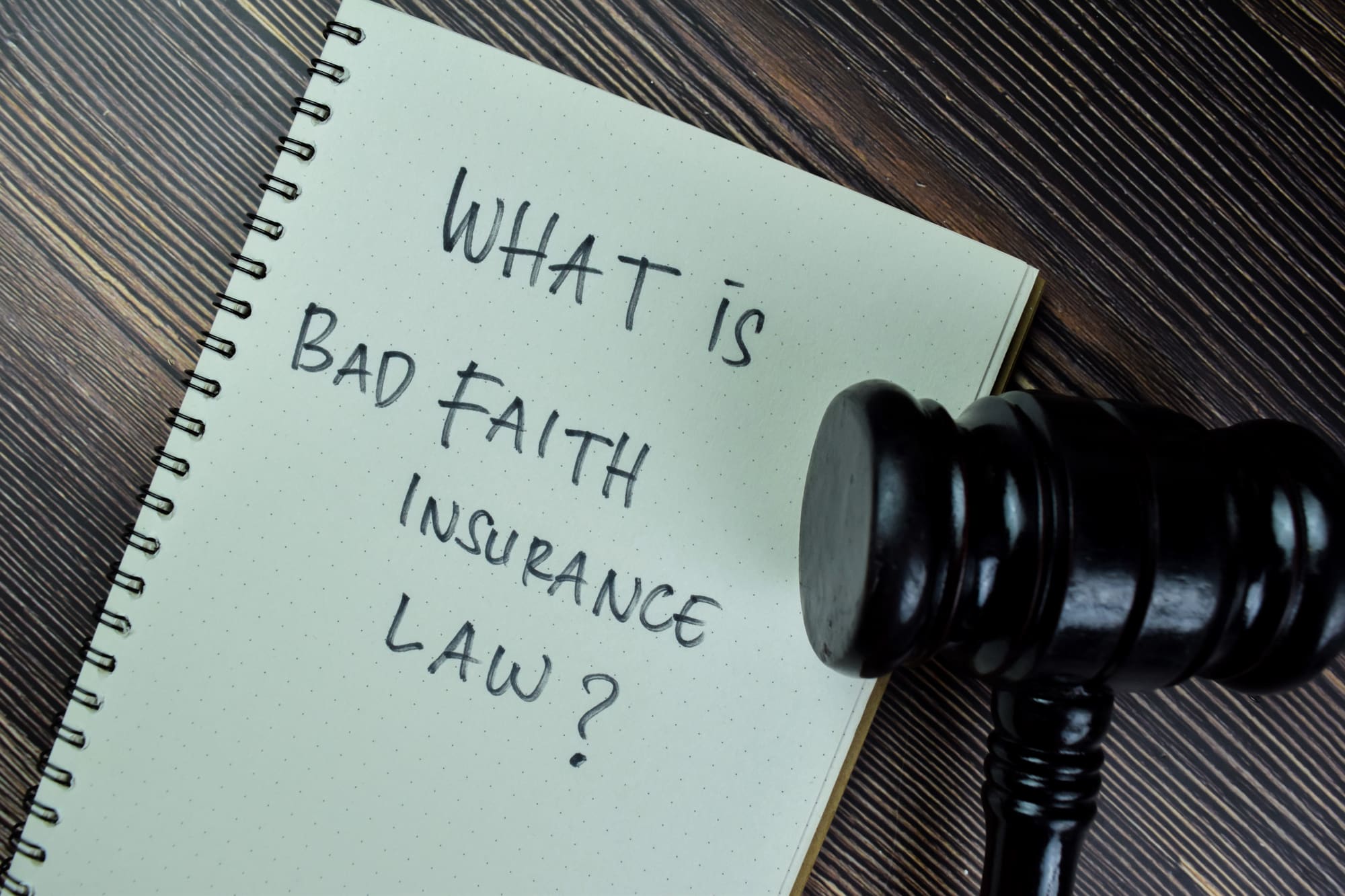
In an insurance bad faith case, the policyholder alleges that their insurance company has acted unfairly or in bad faith in handling their insurance claim. Such cases can be complex, and to succeed the policyholder must prove specific elements to establish that the insurer acted in bad faith. Here are the key elements that must typically be proven in a bad faith insurance case:
- Existence of a Valid Insurance Policy: The first and foremost element is establishing that a valid insurance policy exists between the policyholder and the insurance company. This policy outlines the terms and conditions of the coverage and the obligations of both parties.
- Breach of the Duty of Good Faith and Fair Dealing: To prove a bad faith claim, the policyholder must demonstrate that the insurance company breached its duty of good faith and fair dealing. This duty requires insurers to act reasonably, honestly, fairly, and promptly in handling claims. A breach of this duty can manifest in various ways, such as unreasonably delaying the claims process, denying a valid claim without a valid reason, or offering an unreasonably low settlement amount.
- Unreasonable Denial of Benefits: Central to a bad faith claim is the policyholder’s assertion that the insurer unreasonably denied or delayed their claim for benefits. This means showing that the claim was legitimate, covered under the policy, and that there was no valid reason for the insurer to refuse to pay or to delay payment.
- Lack of a Reasonable Basis: The policyholder must establish that the insurance company lacked a reasonable basis for denying or delaying the claim. This often involves demonstrating that the insurer failed to adequately investigate the claim, ignored relevant evidence, or misinterpreted policy language to justify its actions.
- Knowing or Reckless Disregard: In some jurisdictions, it may be necessary to prove that the insurer’s actions were taken with knowing or reckless disregard for the policyholder’s rights. This higher standard is typically required to establish punitive damages in a bad faith case.
- Demonstrating Damages: To recover damages in a common law bad faith case, the policyholder must show that they suffered actual harm or damages as a result of the insurer’s bad faith actions. These damages can include financial losses, emotional distress, attorney’s fees, and, in some cases, punitive damages. Some statutory claims do not require a showing of actual harm on the part of the policyholder, and the insurer may be held liable for statutory damages based upon a showing of unreasonable delay or denial alone.
- Causation: The policyholder must establish a direct link between the insurer’s bad faith conduct and the damages suffered. This requires demonstrating that the insurer’s wrongful actions were a proximate cause of the harm experienced by the policyholder. For some statutory claims, this may not be required.
- Notice of the Claim: The policyholder typically must demonstrate that they provided proper notice of the claim to the insurance company within the required time frame. Failure to notify the insurer promptly can sometimes be used as a defense against a bad faith claim.
- Statute of Limitations Compliance: Like any legal claim, a bad faith insurance lawsuit must be filed within the statute of limitations period, which varies by jurisdiction and type of claim. Filing after the statute of limitations has expired can result in the case being dismissed.
In summary, bad faith insurance cases involve policyholders alleging that their insurance company has acted unfairly or in bad faith in handling their claims. To succeed in such cases, policyholders must prove several essential elements, including the existence of a valid insurance policy, a breach of the duty of good faith and fair dealing, causation, and damages. Proving these elements can be complex and often requires the expertise of experienced legal professionals familiar with insurance law and regulations.









